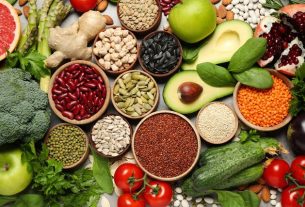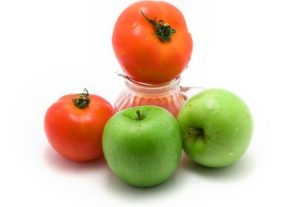Gas in babies is a very common problem and usually appears two weeks after birth, because the digestive system is still in the development process. However, it is possible to avoid or reduce the formation of gases, preventing the appearance of cramps, which normally accompany gases.
To relieve the baby’s gas, it is recommended that the mother be careful with her diet and massage the baby’s belly, for example, this way it is possible to reduce the gas and alleviate the pain and discomfort.
However, it is recommended to take the baby to the pediatrician if the gas is accompanied by intense colic, agitation, diarrhea, constipation, blood in the stool or vomiting, so that an evaluation can be carried out and the cause of the excess gas can be identified.
6 tips to relieve baby’s gas
Check out other tips that help reduce baby gas:
1. Massage the baby’s belly
To relieve gas, you should lightly massage the baby’s belly in circular movements, as this facilitates the release of gas.
In addition, bending the baby’s knees and placing them against the belly, applying some pressure, or imitating pedaling a bicycle with the baby’s legs, helps reduce the discomfort of gas in the baby. Check out other ways to relieve baby’s colic.
2. Properly prepare baby’s milk
When the baby no longer drinks breast milk, but rather milk formulas, it is important that the milk is prepared according to the instructions that appear on the milk packaging, as if too much powder is added when preparing the milk, the baby may have gas. and even constipation.
3. Give the baby more water
When the baby is fed canned milk or when he starts feeding on solids, he should drink water to help reduce gas and facilitate the expulsion of feces. Find out how much water is recommended for your baby.
4. Prepare porridge correctly
Gas in babies can also be caused by adding too much flour when preparing porridge, which is why you should always follow the instructions on the packaging label. Furthermore, it is also important to vary the porridge and include oat porridge, which is rich in fiber and helps regulate bowel function.
In addition to following these tips, it is also important when your baby starts solid food, to give him foods rich in fiber such as vegetable and fruit purees such as pumpkin, chayote, carrots, pears or bananas, for example.
5. The mother should avoid eating foods that cause gas
To reduce gas in a breastfed baby, the mother should try reducing the intake of foods that cause gas such as beans, chickpeas, peas, lentils, corn, cabbage, broccoli, cauliflower, Brussels sprouts, cucumber , turnip, onions, raw apple, avocado, melon, watermelon or eggs, for example.
Watch the following video to find out which foods do not cause gas:
6. Consult your pediatrician
It is important to consult the pediatrician whenever the baby has excessive gas, which cannot be eliminated with massage, correct preparation of formula, increased water intake or changing the mother’s diet, for example.
In addition, you should consult your pediatrician if excess gas is accompanied by other symptoms such as constant crying, agitation, intense cramps, diarrhea, constipation, nausea or vomiting, blood in the stool or weight loss.
This way, the doctor can carry out a complete assessment, identify the cause of the baby’s gas and recommend the best treatment, if necessary.
If you need an evaluation with a pediatrician, book an appointment near your region:
Taking care of your health has never been easier!
Bibliography
- HEALTHY CHILDREN. Colic Relief Tips for Parents. 2022. Disponível em: <https://www.healthychildren.org/English/ages-stages/baby/crying-colic/Pages/Colic.aspx>. Acesso em 03 mai 2023

Sign up for our newsletter and stay up to date with exclusive news
that can transform your routine!
Warning: Undefined array key "title" in /home/storelat/public_html/wp-content/plugins/link-whisper-premium/templates/frontend/related-posts.php on line 12
Warning: Undefined array key "title_tag" in /home/storelat/public_html/wp-content/plugins/link-whisper-premium/templates/frontend/related-posts.php on line 13





